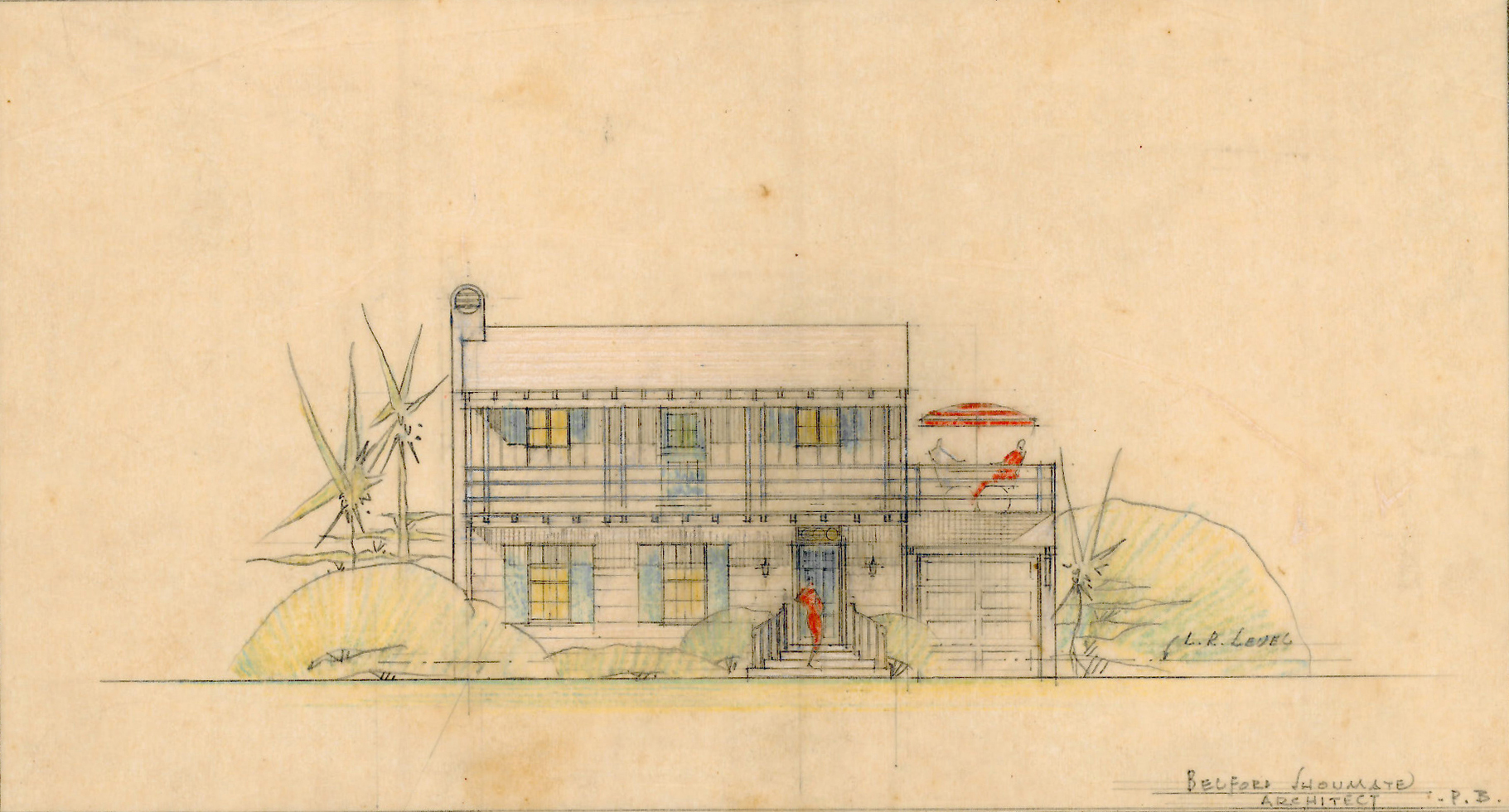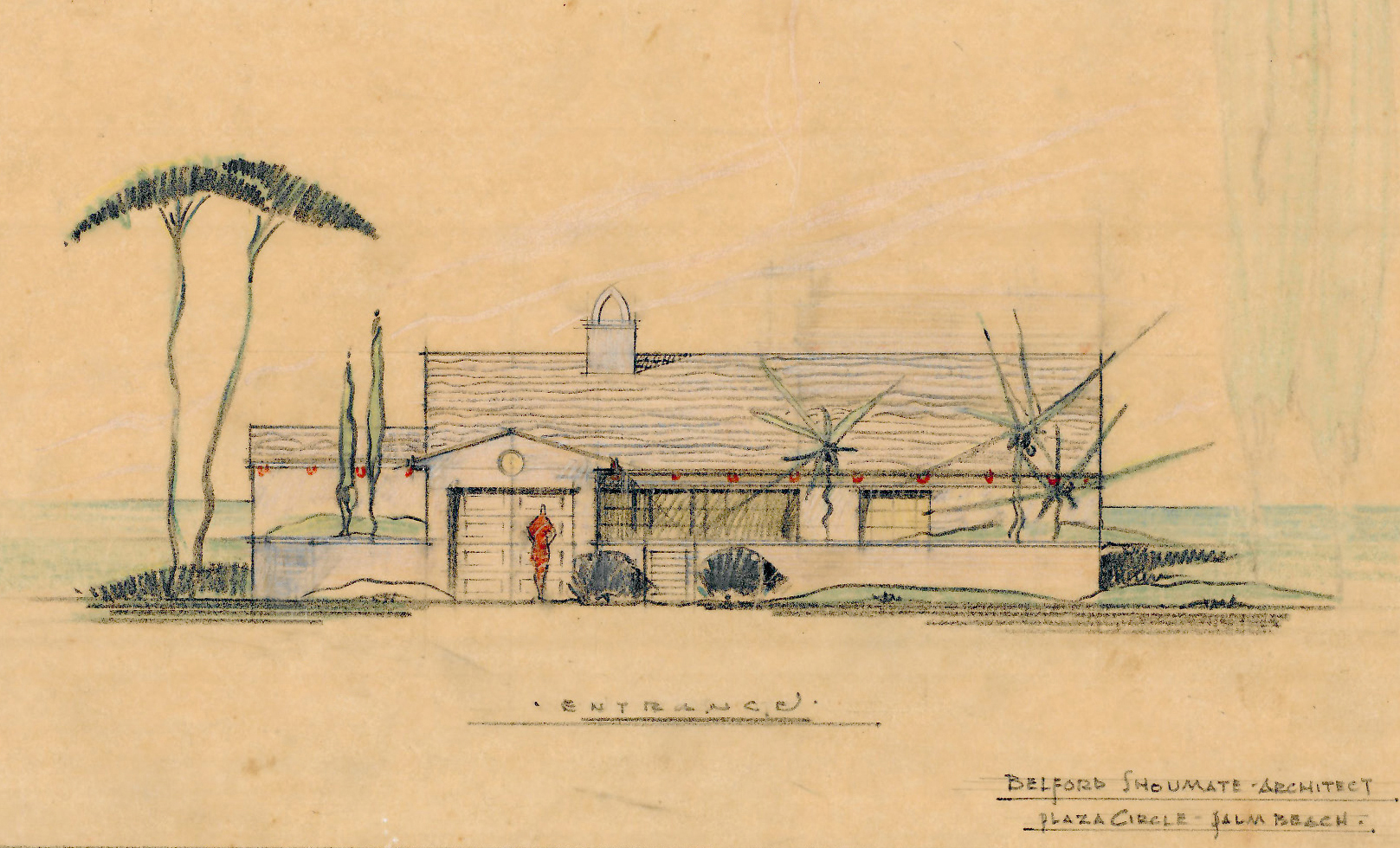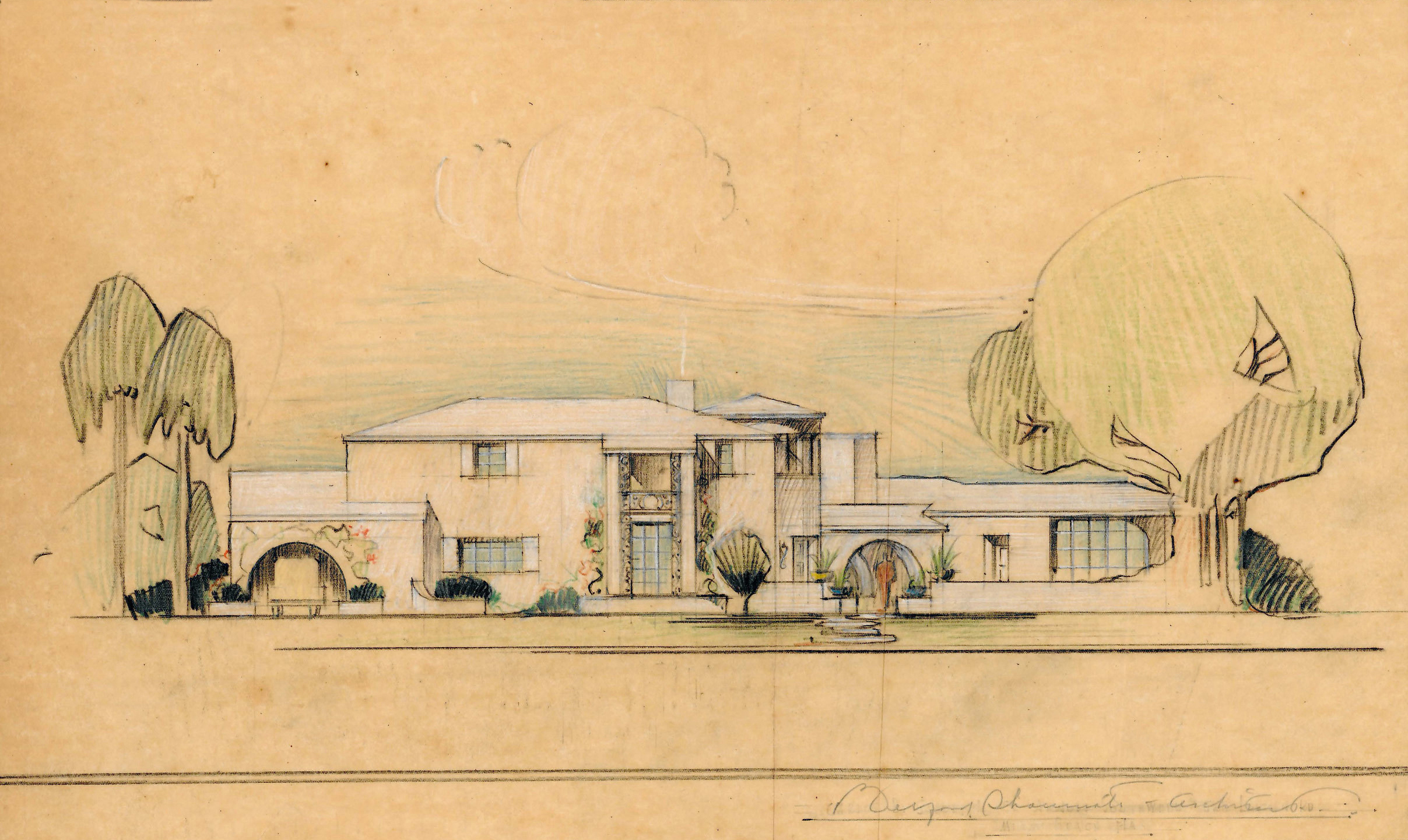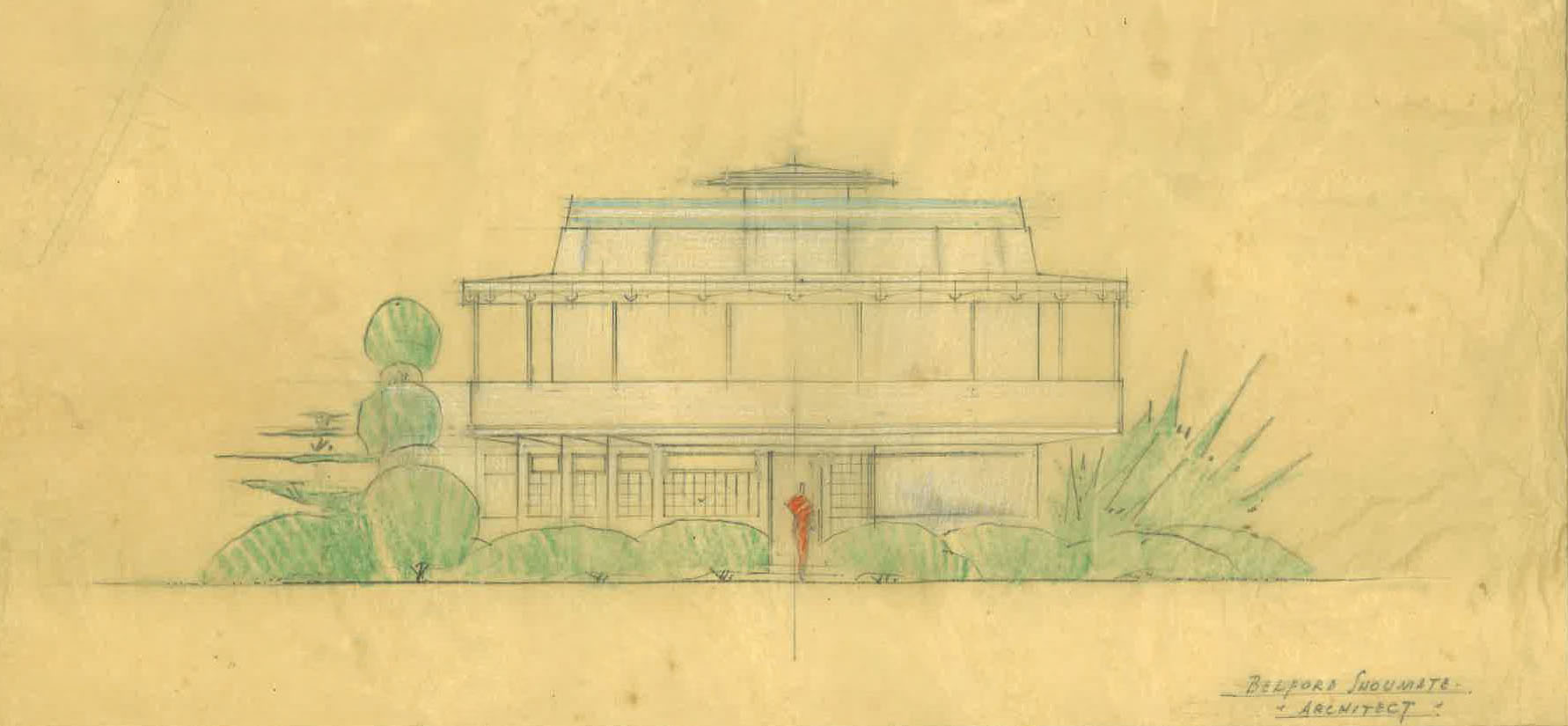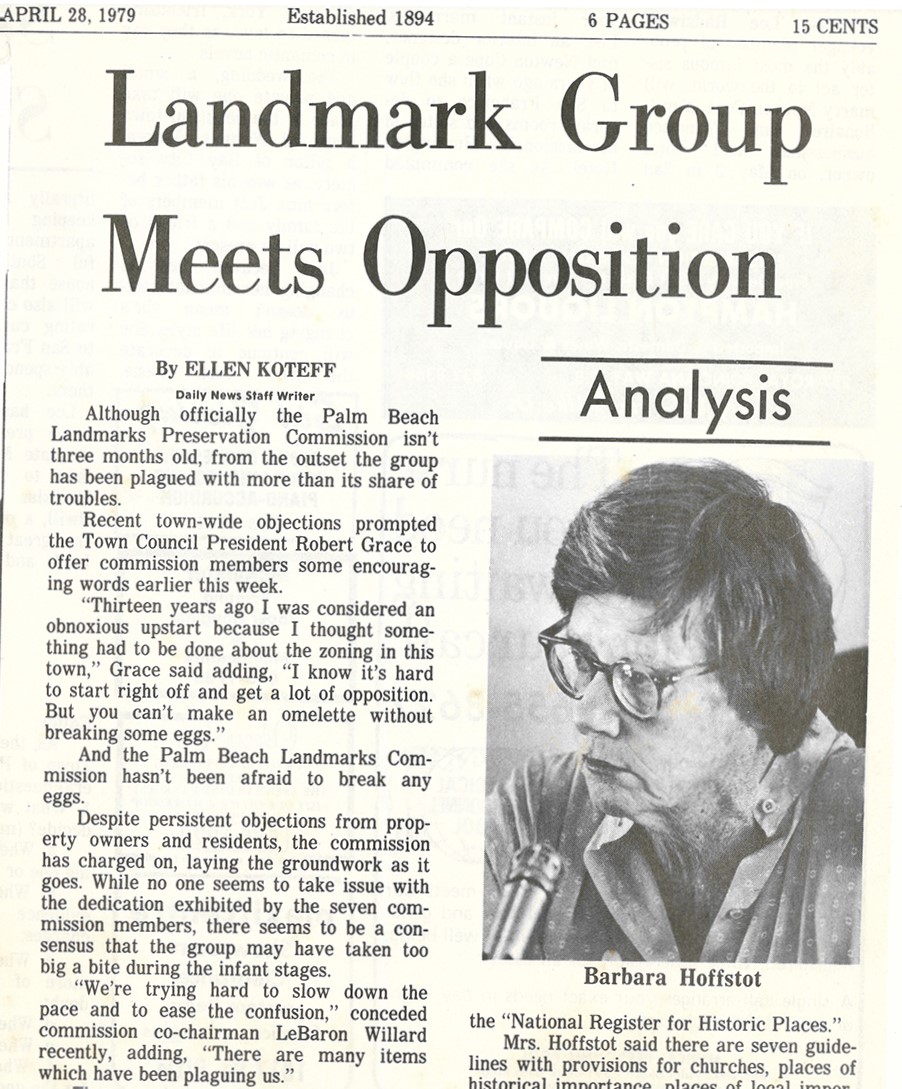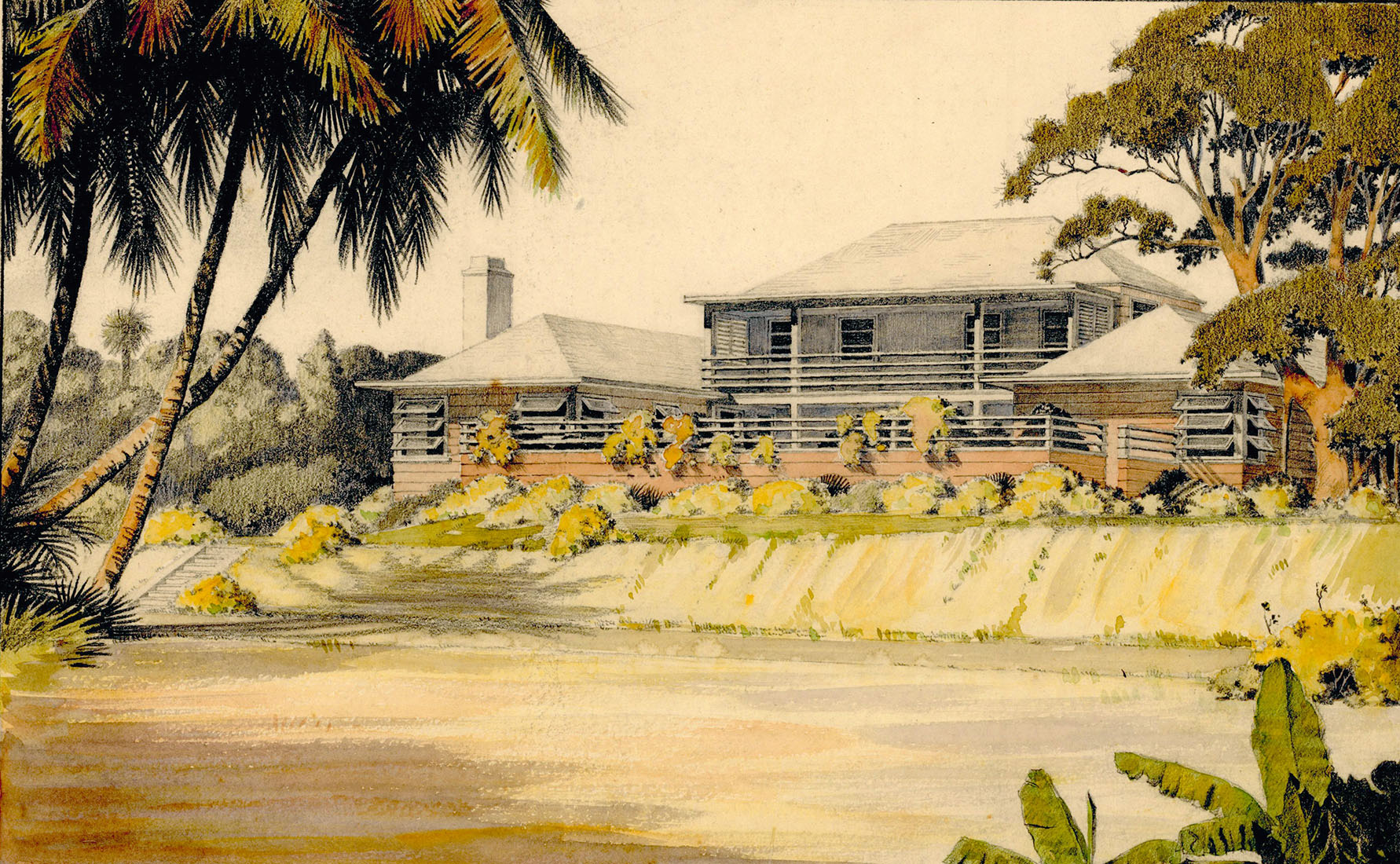
Introduction
The two architects featured in this exhibit approached their work as artists. Both came from different backgrounds and were established in separate practices. However, seeing their work together showcases their similarities as draftsmen who consistently put pencil and pastel to paper to bring their concepts to life. Both artists share the distinction of having many of their unidentified concepts housed at the Preservation Foundation’s archive. While neither architect is an illustrator per se, they both have an illustrative hand that sets them apart from other architects in the collection.

William R. Johnson
William R. Johnson

William Royster Johnson (1901-1991) was born in Raleigh, North Carolina. He studied architecture at the University of Virginia under Fiske Kimball, who was a pioneer in the field of architectural preservation in the United States. In 1925 he joined Wyeth & King Architects and spent two years in the New York office—while studying painting at the Art Students League. In 1932 he became partner and in 1944 his name was added to the firm after he obtained his Florida architecture license. Johnson was a gifted draftsman who worked on many significant projects. His collection includes a number of house designs that are notable for their clean and elegant lines. He continued to be involved in the arts and served on the Board of Trustees at the Norton Museum of Art from 1948-1955, and as president of the trustees from 1952-1955.
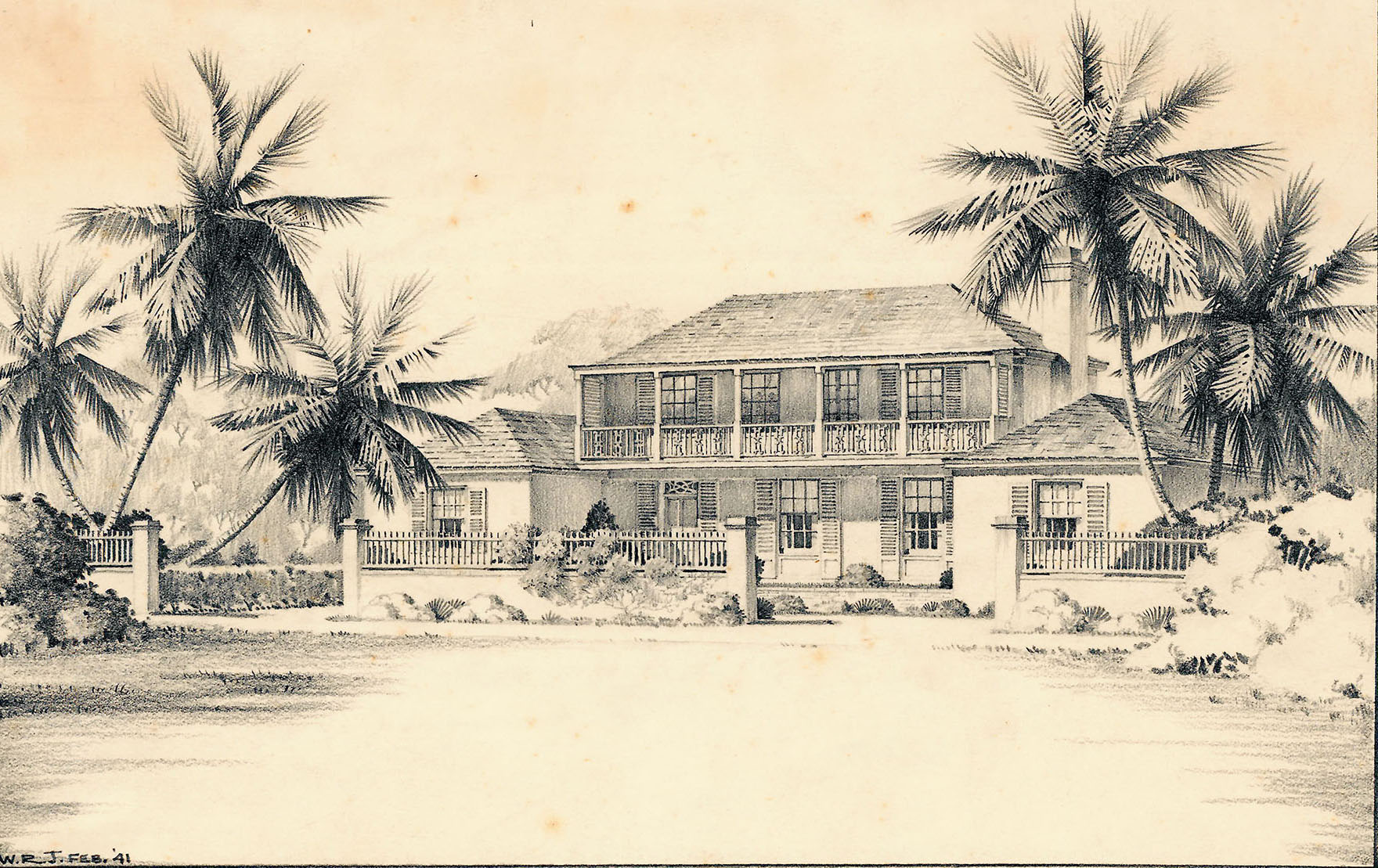
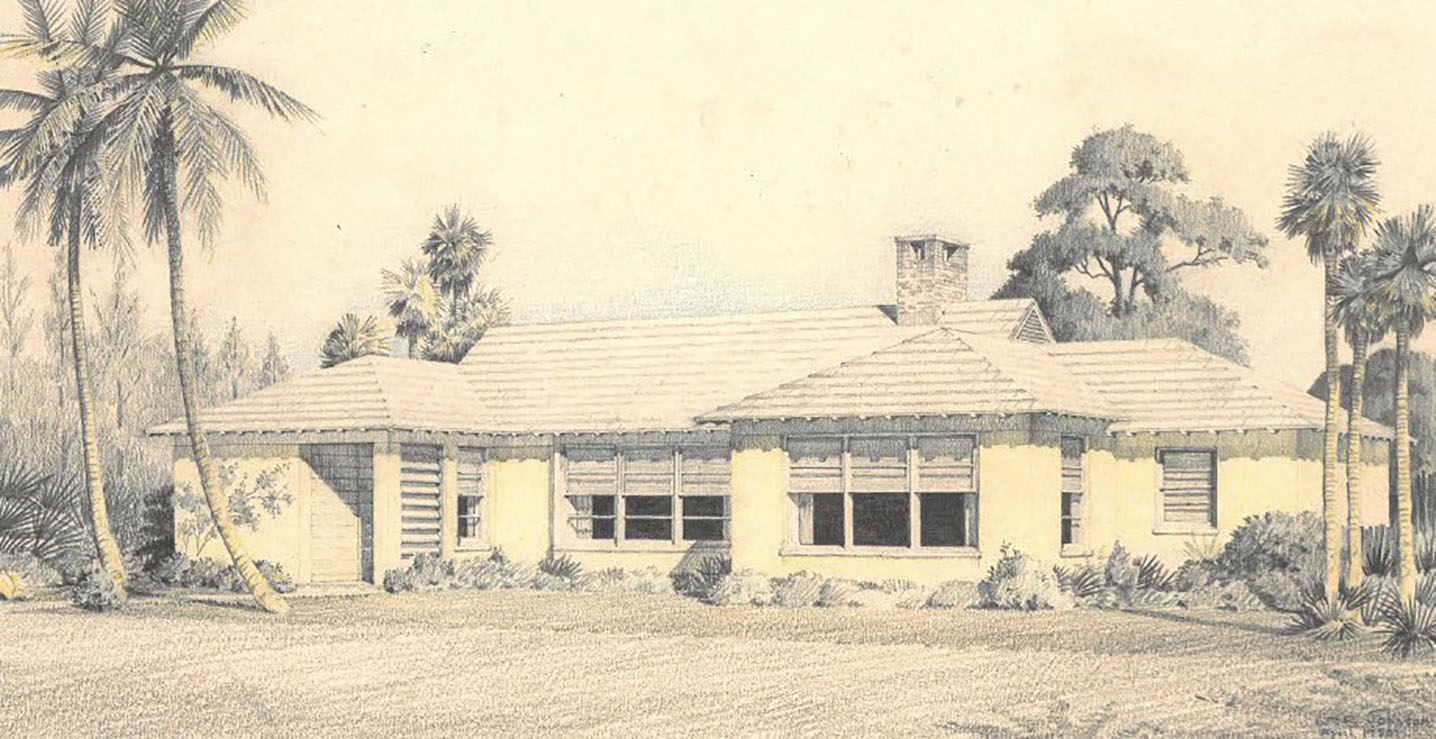



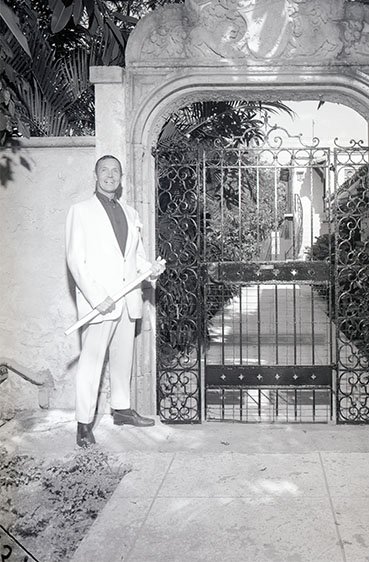
Belford Shoumate
Belford Shoumate

Belford Shoumate (1903-1991) was born in Mobile, Alabama and attended Barton Academy—Alabama’s first public school. He received his architectural training from the University of Pennsylvania, where he studied with French architect Paul Philippe Cret, who was Professor of Design from 1903-1937. Shoumate also served as Assistant Instructor of Design at the University. After completing his studies in 1929, he worked for Joseph Urban in New York City for four years. He then worked for Carlos Schoeppl for one year in Miami before arriving in West Palm Beach in 1936. He became a licensed architect in 1937 and practiced out of his Phipps Plaza office for 54 years.
In an interview from 1988, Shoumate stated that “back then I was very much influenced by Joseph Urban and the New School of Social Research. I appreciated Urban’s use of color and the success he was having with color at the World’s Fair. We architects all joined right in with him. We were all caught up in color and form back then.”
Shoumate drafted hundreds of untitled sketches on tracing paper. His preferred method was pastel that lightly colored his deft drawings. Compared to Johnson, Shoumate’s drawings are centered more on the structure versus the setting. Nevertheless, he accented all of his structures with foliage and each sketch is grounded by a long horizontal line.
